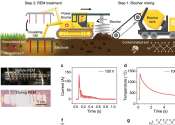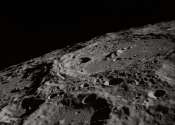Unraveling how potassium bound to soil minerals is made bioavailable for uptake by plants
A combination of X-ray absorption spectroscopy and computational methods has revealed the unique bonding environment of potassium associated with organic acids.









